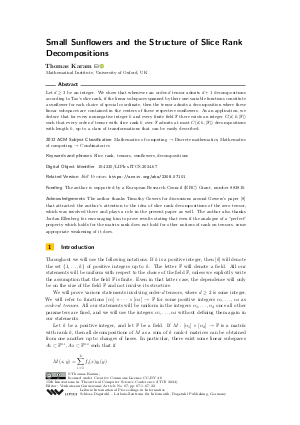LIPIcs.ITCS.2024.67.pdf
- Filesize: 0.67 MB
- 22 pages

 Creative Commons Attribution 4.0 International license
Creative Commons Attribution 4.0 International license




















Feedback for Dagstuhl Publishing